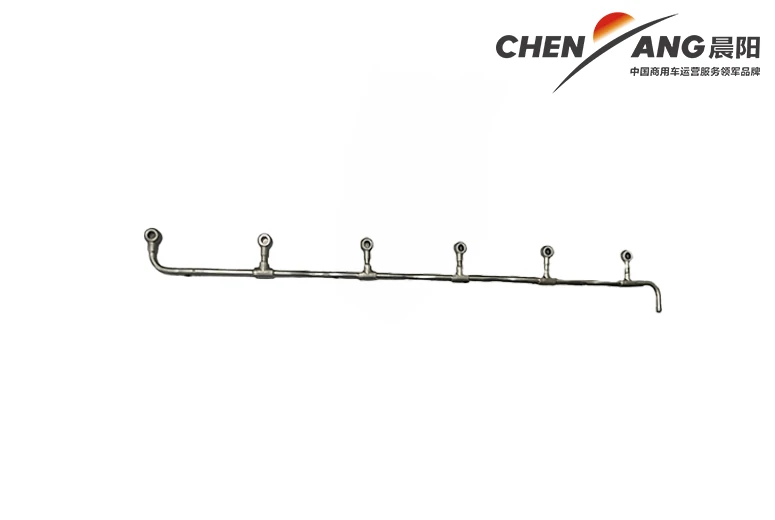changing car engine oil
Changing Car Engine Oil A Step-by-Step Guide
Regular maintenance of your vehicle is crucial for ensuring its longevity and optimal performance, and one of the most essential tasks you can undertake is changing the engine oil. Oil lubricates the engine components, reduces friction, and helps maintain a consistent operating temperature. Over time, however, oil breaks down and becomes less effective. This guide will walk you through the process of changing your car's engine oil, helping you save money and enhance your driving experience.
Why Change Engine Oil Regularly?
Over time, motor oil gets contaminated with dirt and debris and loses its ability to protect the engine. The conventional wisdom among mechanics is to change the oil every 3,000 to 5,000 miles for conventional oil and every 7,500 to 10,000 miles for synthetic oil. However, always refer to your vehicle's owner manual for the manufacturer's specific recommendations. Regular oil changes can prevent engine wear, improve gas mileage, and extend the life of your vehicle.
Tools and Materials Needed
Before you start the oil change process, gather the necessary tools and materials 1. New engine oil (check the specifications in your manual) 2. New oil filter 3. Oil catch pan 4. Wrench set and oil filter wrench 5. Funnel 6. Rags or paper towels 7. Safety goggles and gloves
Step-by-Step Process
1. Prepare the Vehicle Start by parking your car on a flat surface and turning off the engine. Allow it to cool if it's been running. Engage the parking brake for safety.
2. Locate the Oil Drain Plug Slide under the vehicle to find the oil drain plug, usually located at the bottom of the oil pan. Place the oil catch pan directly beneath the plug.
changing car engine oil

3. Drain the Old Oil Using a wrench, carefully loosen and remove the drain plug. Allow the old oil to completely drain into the catch pan. Be cautious, as the oil may still be warm. Once drained, replace the drain plug and tighten it securely.
4. Remove the Old Oil Filter Locate the oil filter, which can typically be found near the engine. Use an oil filter wrench to loosen and remove the old filter. Expect some oil to spill out during this process, so keep the catch pan beneath.
5. Install the New Oil Filter Before installing the new oil filter, apply a bit of new oil to the rubber gasket of the filter. This helps create a better seal. Screw in the new filter by hand until snug, then give it an additional ¾ turn but do not over-tighten.
6. Add New Engine Oil Open the hood and locate the oil filler cap, usually clearly marked. Remove the cap and use a funnel to pour in the new engine oil. Consult your owner's manual to determine the correct amount of oil needed. Replace the cap once you’ve added the oil.
7. Check the Oil Level Start the engine and let it run for a minute. This allows the new oil to circulate. Afterward, use the dipstick to check the oil level, adding more oil if necessary.
8. Dispose of the Old Oil Properly Take the old oil to a recycling center or an auto parts store that accepts used oil. Never dispose of it in regular trash or pour it down the drain, as it can harm the environment.
Conclusion
Changing your car's engine oil is a straightforward yet vital aspect of vehicle maintenance. By following these steps, not only do you save money on service costs, but you also gain a deeper appreciation for your vehicle. Regular oil changes mean a healthier engine and a smoother driving experience. Always remember to keep an eye on oil levels and maintain a routine schedule for oil changes to prolong your car's life and performance. Happy driving!
-
SINOTRUK HOWO 84 Electric Dump Truck for Eco-Friendly Heavy HaulingNewsJul.26,2025
-
The Fast 16-Gear Manual Transmission Assembly for Heavy TrucksNewsJul.25,2025
-
Mercedes Benz Actros 1848 42 Tractor Truck for Sale - Reliable PerformanceNewsJul.24,2025
-
High-Quality Water Pump Assembly for Sinotruk Trucks – Durable & ReliableNewsJul.23,2025
-
Premium Truck Engine Antifreeze Coolant Fluid for Heavy Duty VehiclesNewsJul.22,2025
-
FOTON View G7 Mini Bus: Affordable & Spacious TransportNewsJul.22,2025
Popular products

























